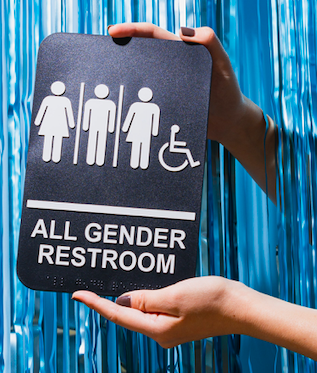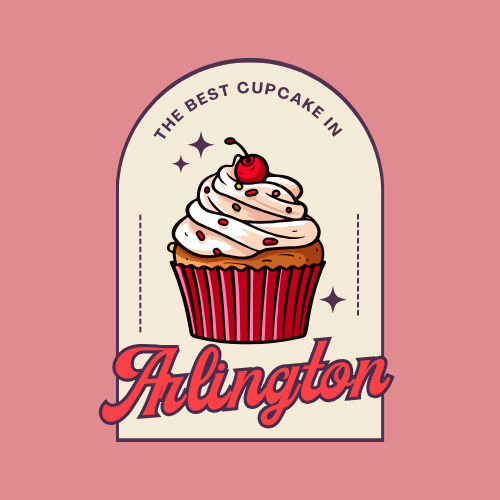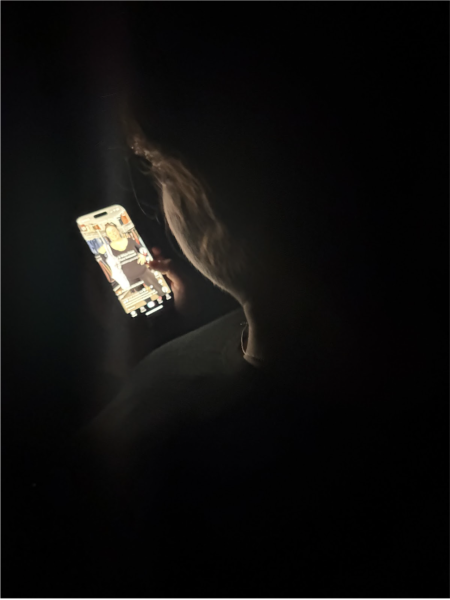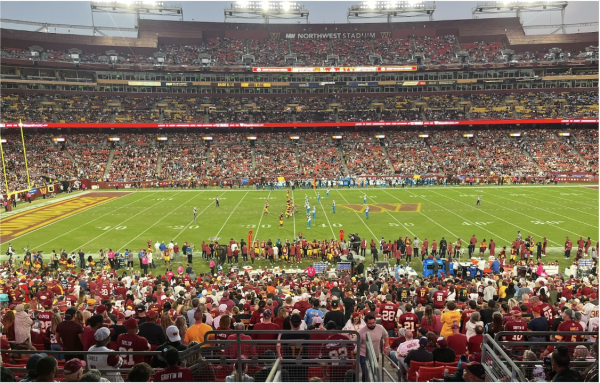The gender neutral bathroom debate
The importance of gender neutral bathrooms in schools
There were around 1.4 million adults in the U.S. who identified as transgender in 2016 and 1.2 million adults in the U.S. who identify as nonbinary in 2021, according to the Williams Institute at UCLA. Beyond transgender and nonbinary, there are a plethora of gender identities outside of the gender binary of girls and boys. According to PBS, many different cultures have multiple gender identities embedded within them. For example, in Navajo culture a nádleehí is both a boy and a girl. Other genders than boys and girls are nonbinary, genderfluid, agender, intersex, pangender, and more. Eleven percent of LGBTQ+ adults are nonbinary. The American Medical Association classifies trans and nonbinary genders “as normal variations of human identity and expression.”
A June 2021 study done by the Williams Institute found that 82 percent of nonbinary people faced emotional abuse as a child, 53 percent of them were bulllied, 11 percent of nonbinary people were exposed to conversion therapy as a child, 55 percent of them report being assaulted as adults, 41 percent of nonbinary people report that their health is poor or fair, 94 percent of nonbinary people have considered suicide, and 39 percent of them have attempted suicide. Tables A.4-A.10 further show sturggles nonbinary individuals go through.
“It’s important to recognize that being nonbinary does not lead to mental illness, but the way nonbinary people are treated in society can,” Professional Development Overseer at the Gender Spectrum nonprofit Joel Baum said in a Washington Post Article, “More than 1 million nonbinary adults live in the U.S., a pioneering study finds,” published June 22, 2021.
Gender-neutral bathrooms are important for people to feel comfortable and safe during school. A Cedars-Sinai study published in 2020 found that most gender dysphoria is established by age seven. The study also showed that “untreated gender dysphoria can result in poor quality of life for transgender people, beginning in childhood and lasting throughout adolescence and adulthood.” According to the Mayo Clinic, gender dysphoria is the feeling of discomfort or distress that might occur in people whose gender identity differs from their sex assigned at birth or sex-related physical characteristics. Their poor quality of life is as a result of not feeling comfortable in their body.
A treatment of gender dysphoria would be transitioning into the gender they feel most comfortable in. The American Psychological Association defines transitioning as “the process of shifting toward a gender role different from that assigned at birth, which can include social transition, such as new names, pronouns and clothing, and medical transition, such as hormone therapy or surgery.” Transitioning is generally considered the best thing for their well-being. According to a 2020 blog post by Vivian Blessing on the Stone Soup online literary magazine for kids under the age of 13, 60 percent of transgender people in the U.S. avoid public bathrooms for fear of being harassed. For Nonbinary people, having to choose a gendered bathroom to use could be extremely uncomfortable.
Earlier this year, the LA Times reported on a 2019 national study from the organization GLSEN that found 45 percent of LGBTQ+ students in general avoided using gender-segregated school bathrooms and 44 percent avoided locker rooms because they felt unsafe or uncomfortable. According to the largest survey of transgender people taken in the United States by the National Center for Transgender Equality in 2016, almost 60 percent of transgender Americans have avoided using public restrooms because they are scared of confrontation, saying they have been harassed and assaulted in the past.
The LA Times article told the story of high school students in Long Beach who were advocating for a gender neutral locker room that had single person stalls. Each stall includes a shower, changing area, bench, and storage nook. The dividers between each stall would extend nearly to the ceiling and floor, and waist-high lockers would allow for coaches to easily supervise the space. There was some protest against the new locker room, but not amongst students. Adults were the most against it, while students were confused why the school should not have a gender neutral locker room.
Our school has three gender neutral bathrooms. One is in the “tech help” hallway on the second floor and the other two are on the second floor, the nurse’s office bathroom and the activities office bathroom. There are no gender neutral bathroom options on the other floors. Beyond potential awkwardness related to these oddly placed bathrooms (like having to walk into the nurse’s office or the activities office, a place where students rarely go in order to use the bathroom), walking to a farther location hurts classroom time of gender fluid and transgender students.
Teachers do not anticipate students taking a 15-minute trek to the bathroom. If you have a class on the fourth floor, you would potentially have to walk down three flights of stairs to the first floor. The bathroom in the activities office should be given back to the teachers on the first floor (who have two bathrooms in the main office, but are far away for gym and music teachers), and on the fourth floor a teacher bathroom should be turned into a gender-neutral one. That way there would be three gender neutral bathrooms more spread out through the building (if you count the nurse’s office as a bathroom).
In order to gain new gender-neutral bathrooms at the school, we would either have to take bathrooms away from teachers or redesign the bathrooms in the school. Teachers on the first floor already have to walk to the second floor to go to the bathroom. Schools were not built to accommodate gender-neutral bathrooms, as people were not comfortable exploring or being open with their gender identity until recently. Hopefully there will be a new gender-neutral bathroom in the new building that is currently being built next to the school. Advocate for those you care about. People should not be scared or have to walk a far distance to go to the bathroom because of their gender identity. The goal of transitioning is not to pass, it is to be comfortable, and that can never fully happen without creating safe spaces for trans and nonbinary people.
What did you think about this story? Do you have any suggestions for improvements or other articles that you would like to see? Please use the contact form to communicate with us! (Keep all information school-appropriate)
https://docs.google.com/forms/d/e/1FAIpQLSeRYRWwLLzvs2rqwHSGdr-DQRvxhUSx9UcaXypXxnvVuCqwyA/viewform













